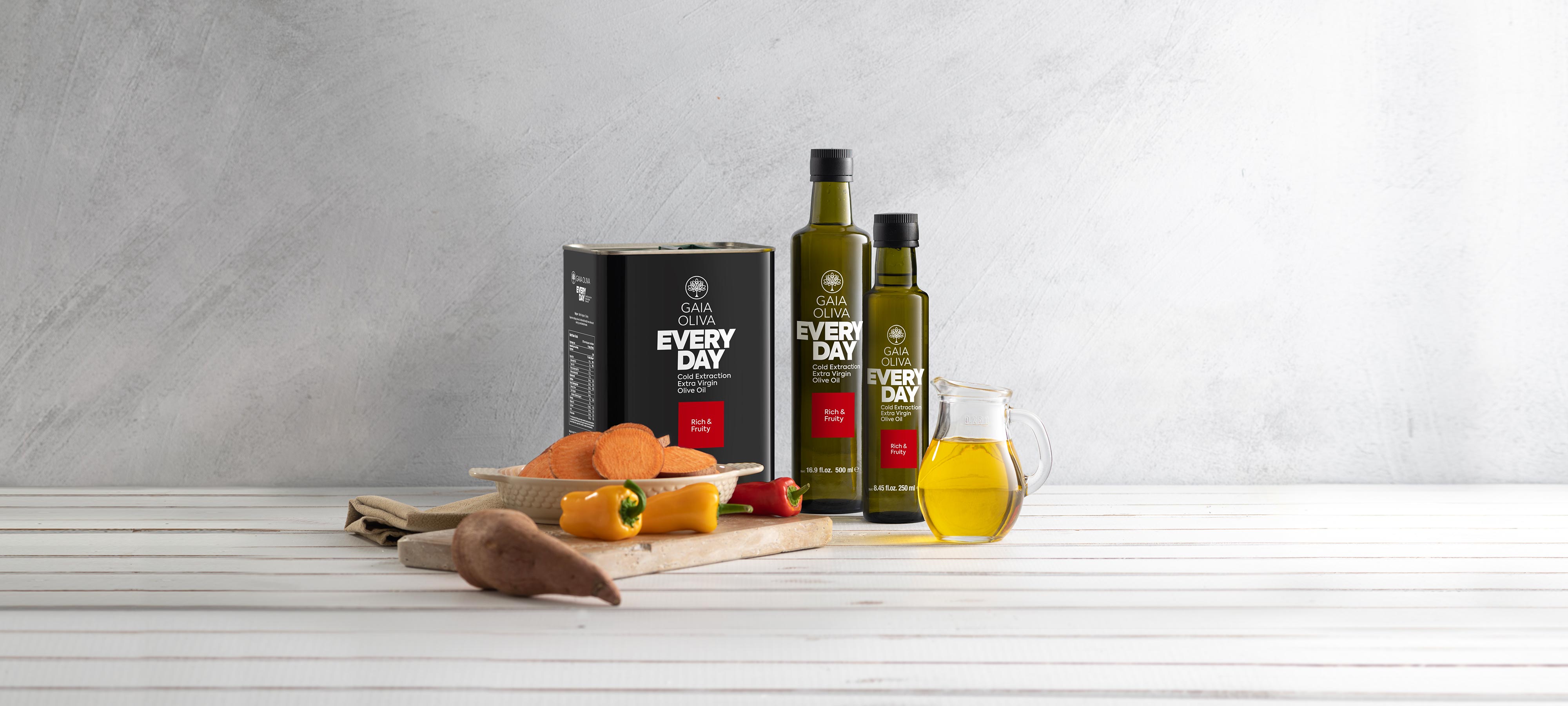Living Harmoniously With Nature: What Is Permaculture?
By efficiently utilizing the resources that nature provides for us, we can create a positive impact that resonates through both the present and the future. How, you might wonder? Of course, the essence lies in addressing every aspect from production to consumption with a consciousness of sustainability.Yet, understanding the importance of sustainability is just the beginning, the real game changer lies in turning that awareness into tangible actions and crafting systems that reshape our current order. In this regard, it is possible to say that permaculture plays a guiding role for everyone, especially in the context of agricultural activities. Permaculture is a comprehensive philosophy that integrates existing natural systems with modern life, opening the doors to a new way of living. By embracing what this philosophy offers in space design, production, and consumption habits, we can gradually build a sustainable future.
So, let's explore in detail what permaculture is, the solution to creating beneficial, ecological, and socially sustainable areas for both people and the ecosystem we live in.

What is Permaculture?
Originating back to the 1970’s it was first conceived by Bill Mollison and David Holmgren. Permaculture is a concept created from the combination of the words “permanent” and "agriculture.” Translating as "permanent agriculture" or "sustainable agriculture," this concept has transformed into a philosophy that extends beyond agriculture, influencing various fields such as architecture and design. As stated in Bill Mollison's book "Introduction to Permaculture," it is a design system rooted in observing natural systems, embracing virtues from traditional farming, and incorporating modern scientific and technological knowledge. Fundamentally, permaculture involves constructing systems in harmony with nature, prioritizing the development of enduring solutions over working against the natural order.
As the definition implies, permaculture transcends being merely a technique; it embodies a way of life and a holistic system rooted in the need for comprehensive change. While its foundation lies in agricultural activities, permaculture can also be applied to designing living spaces and industrial areas in alignment with its philosophy. Consequently, although its origins are in agriculture, the ultimate objective of permaculture is to establish sustainable and integrated systems.
The Principles of Permaculture
If you're wondering how to apply the philosophy of permaculture, it can be said that permaculture offers not just a perspective but also a technical approach on how to implement it. The principles of permaculture essentially serve as a map, guiding us on what to focus on when putting this philosophy into practice. By building systems that respect nature, humanity, and the future, we can create sustainable and harmonious environments.
Permaculture rests on three fundamental principles, which can be outlined as follows:
- Value the Earth: Ensure the conditions necessary for the continuation and proliferation of all living and non-living systems, going beyond a human-centric approach.
- Care for People: Strive to meet all human needs, including food, shelter, education, and social relationships, by being mindful of the essential resources required.
- Limit Population and Consumption: Encourage everyone to manage their own needs, investing time, money, and energy to bring the above principles to life.
Guided by these three principles, the permaculture approach allows for the creation of self-sufficient, environmentally and socially responsible, collaborative systems. Remember, the goal of permaculture is not to dismiss modern life but to integrate it with nature, forming sustainable and highly efficient systems.
How Can We Practice Permaculture Philosophy?
Embracing the permaculture philosophy is the most crucial step towards a sustainable future. However, simply raising awareness is not enough; there needs to be an increase in the adaptation of permaculture practices. So, how can we implement the permaculture philosophy?In reality, there are numerous applications of permaculture. Therefore, it is possible to integrate this philosophy into our daily lives, agricultural fields, and architectural structures through various permaculture practices. If you're curious about "What can be done?" we can list some permaculture practices as follows:
- Different crops can be cultivated on a piece of land in a way that balances soil quality and productivity.
- Architectural designs can adapt to renewable energy sources and waste transformation, adapting more sustainable building practices.
- Rainwater can be collected and stored for irrigation.
- Rather than relying on chemical pesticides that disturb soil structure and productivity, it is more effective to emphasize the importance of biological diversity to maintain a natural balance.
- Compost can be created from biodegradable waste and utilized as fertilizer.
As seen, with these easily implementable practices, we can transform both our living spaces and agricultural areas in line with the principles of permaculture.

The Significance Of Permaculture In Agricultural Activities:
As understood from the encompassing philosophy of permaculture, it is imperative for everyone to take responsibility in developing all areas aligned with these principles. According to the original purpose of permaculture, those engaged in agricultural activities, especially farmers, are expected to be more meticulous and sensitive. This is crucial because proper soil cultivation and production execution directly impact soil fertility, thereby influencing the environment. The path to transferring nature's resources to the future lies in sustainable agriculture, namely the understanding of permaculture.
The importance of sustainable agriculture is substantial, particularly in the context of olive and olive oil production, just as it is in all agricultural activities. Preserving the nutritional elements of the olive fruit, renowned for its taste and health benefits for centuries, requires not just a preference but a necessity to adopt an approach in harmony with nature. Within this framework, it is possible to achieve consistently high efficiency and quality production by maintaining soil quality without causing harm to any trees.
At Gaia Oliva, our commitment goes beyond delivering quality products; we extend the same care for taste to the environment. By merging traditional olive and olive oil production with modern technology, we produce efficiently while preserving natural resources.
We meticulously harvest olives with utmost care, ensuring the highest quality and efficiency. We understand the significant responsibility of passing on the richness bestowed by nature to future generations. With this awareness, we bring the most natural form of olive oil to your tables through our Gaia Oliva olive oil varieties.










Leave a comment